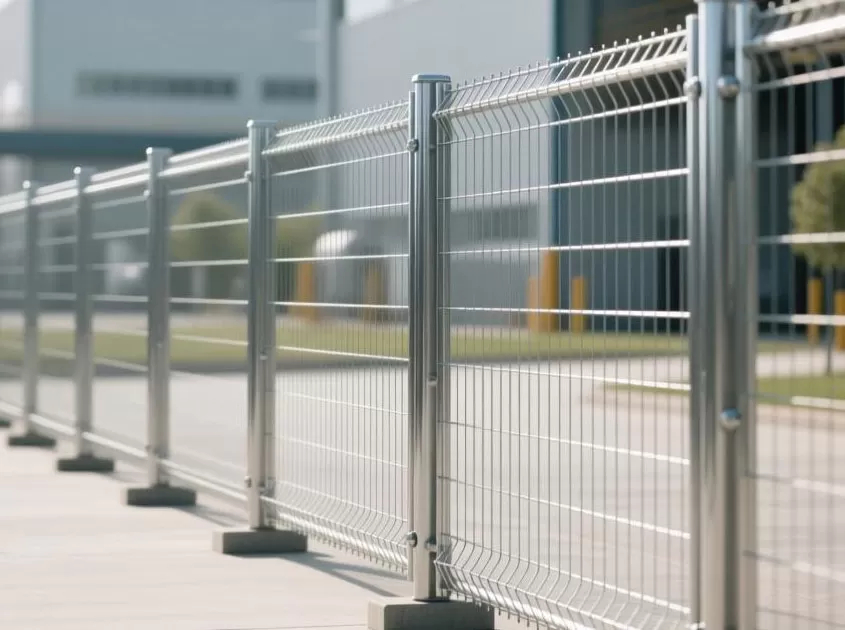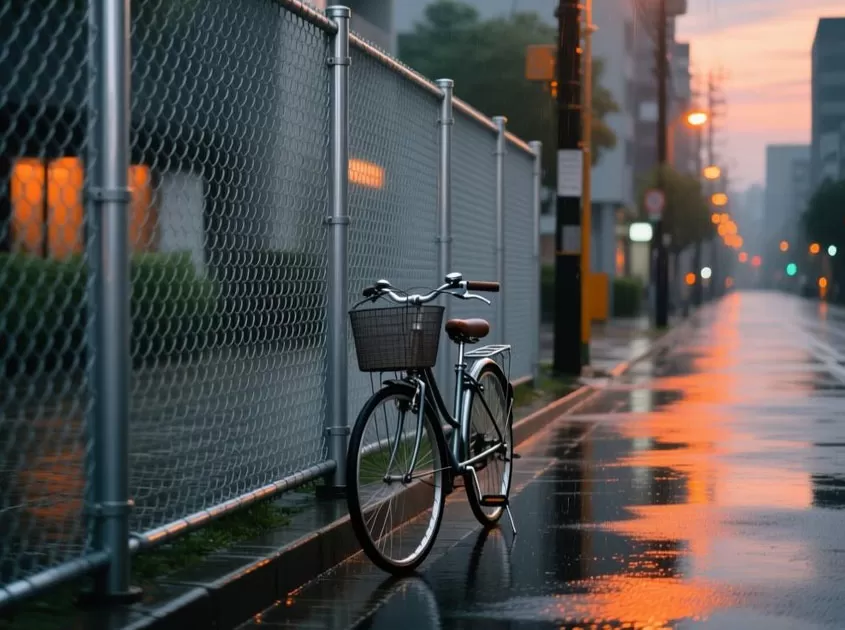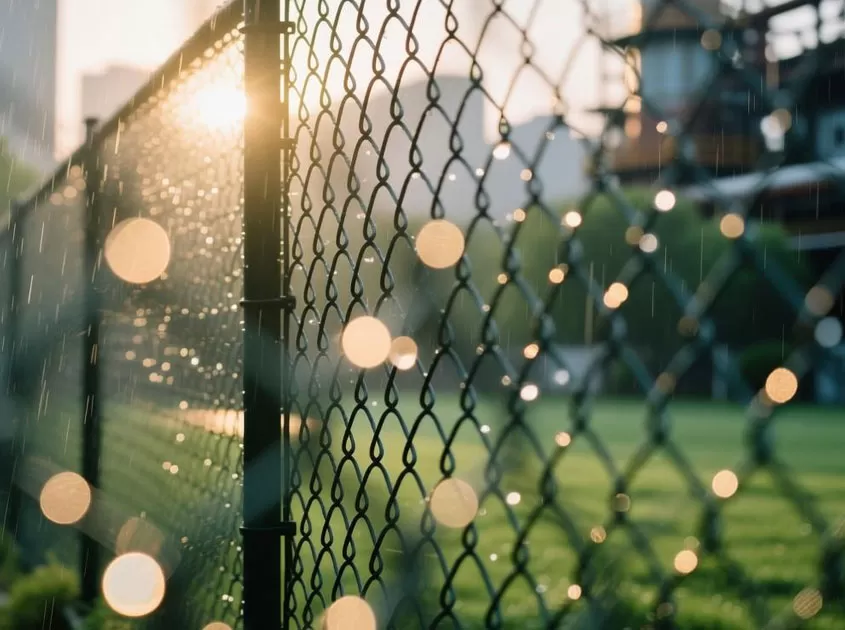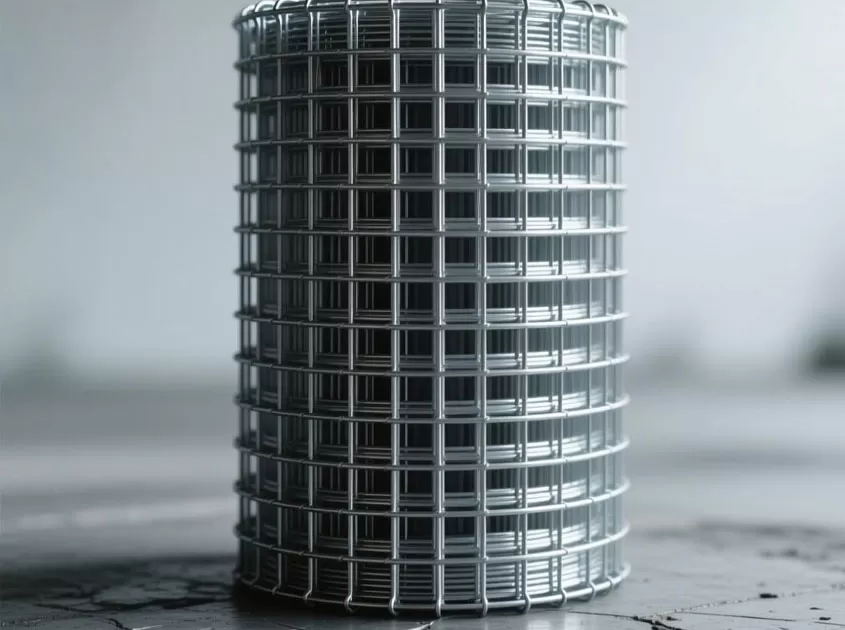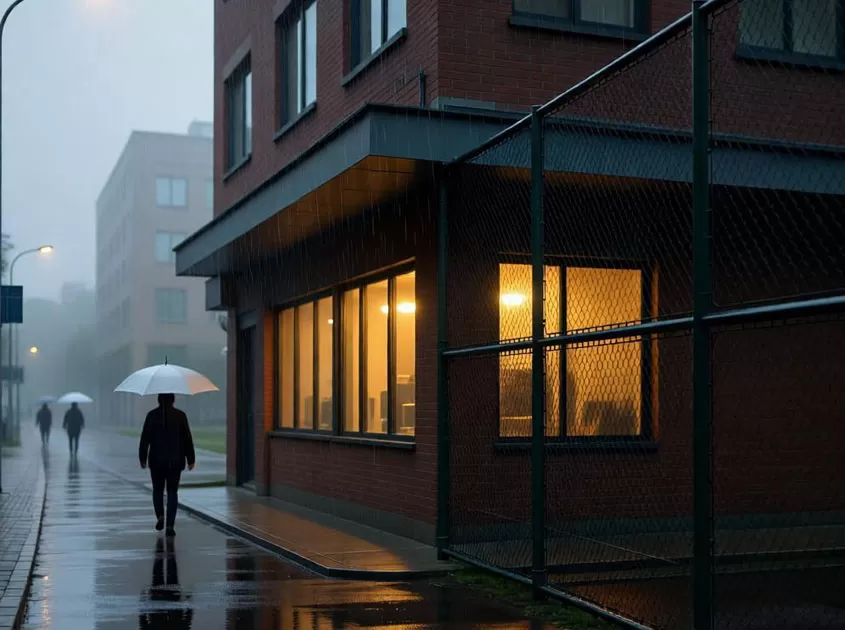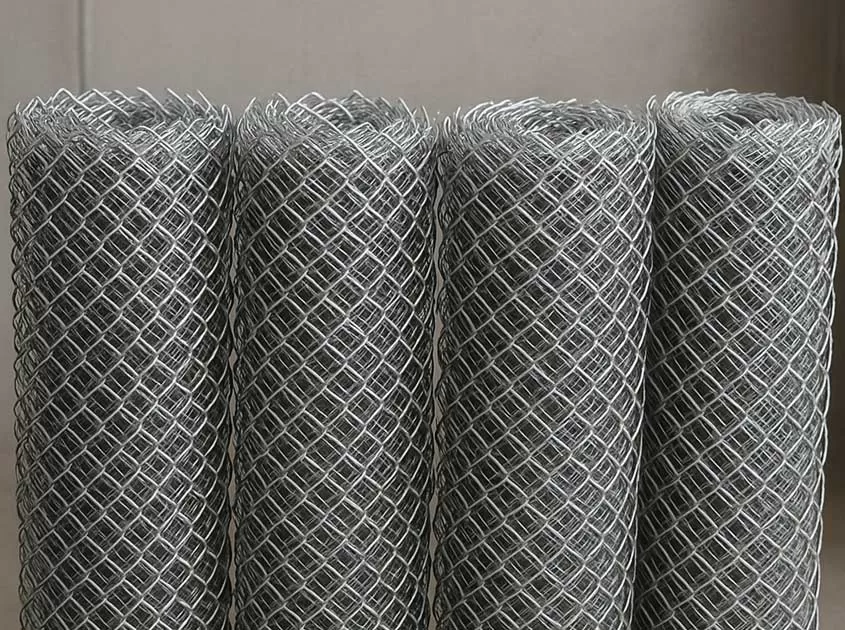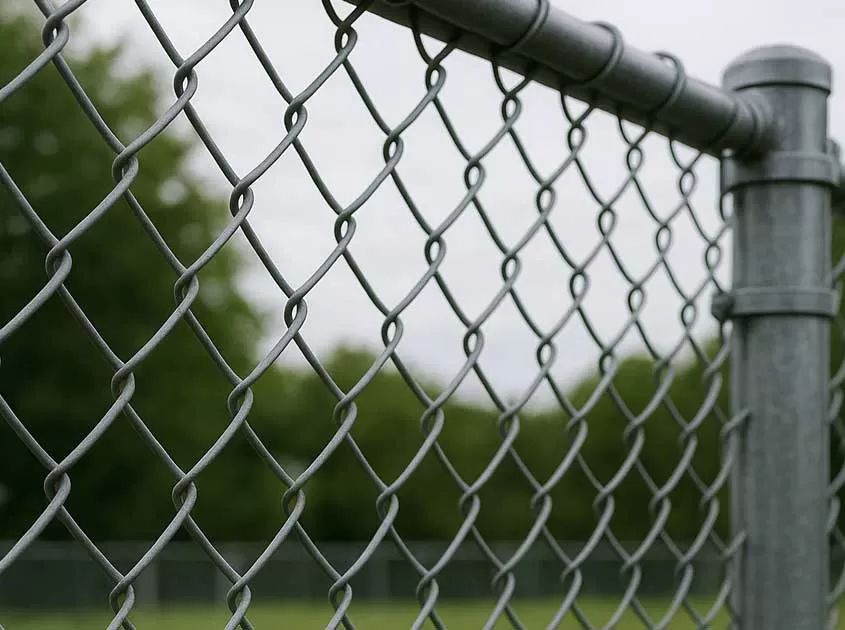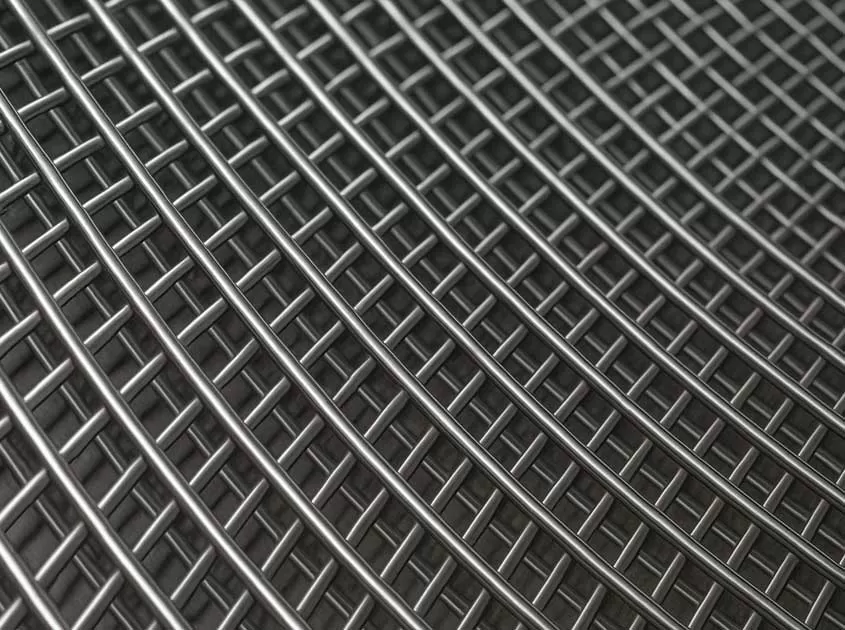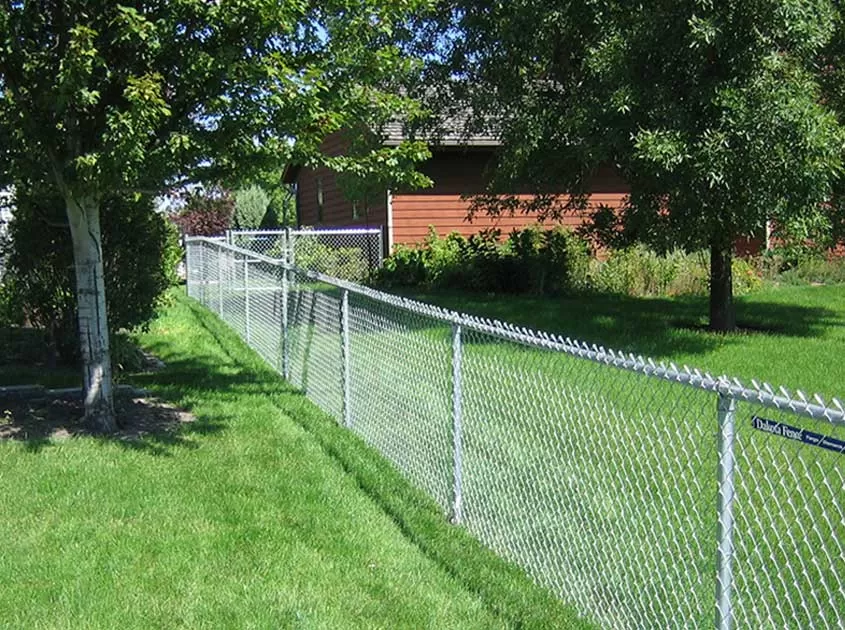To beautify the environment, you can use chain link fence and turf in combination
To beautify the environment, chain link fence and turf can be used in combination, and turf is a commonly used technique for slope protection and greening. It is to shovel the artificially cultivated good-growing lawn with a flat shovel or a drafting machine, and transport it to the roadbed slope to be protected and greened, and replant it in accordance with certain specifications, so that the roadbed slope can quickly form a slope protection for the lawn Greening technology. Compared with the slope protection technology by directly sowing grass seeds, the characteristics of turf slope protection are: short turf formation time and fast speed.
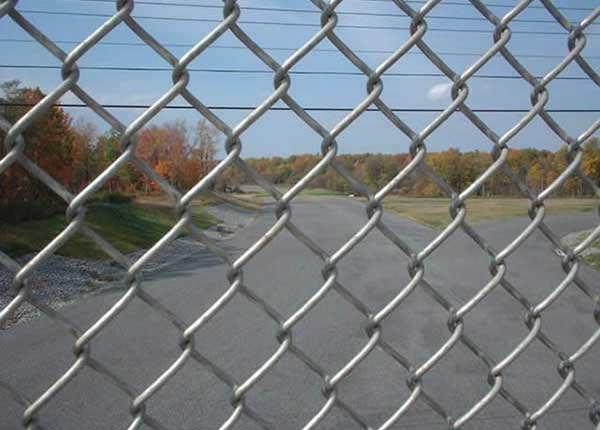
The method of laying turf can achieve "instant level formation", so for slopes that urgently need vegetation protection, laying turf is the preferred method. The slope protection function takes effect quickly. As the turf can immediately cover the lawn, relying on its surface cover, to a certain extent, it can reduce the splash erosion of rainwater and slope runoff, reduce soil erosion, and quickly play the slope protection function. Slope protection construction is less restricted by seasonal weather. Except for the cold winter, the construction of subgrade slopes and turfing operations can be carried out at other times, and the initial management workload is relatively large. The newly paved turf is prone to various disasters, such as pests and diseases, lack of water, lack of fertilizer, etc. Therefore, the maintenance and management of the early turf should be strengthened.
Excellent soil-fixing performance. There are undulating nets on the surface of the three-dimensional vegetation net, which has a good fixation effect on the guest soil and grass seeds covered on the net, and can reduce the erosion and erosion of rainwater. The energy dissipation effect is obvious. The net cladding buffers the impact energy of raindrops and weakens the splash erosion of raindrops, causing wind and water currents to produce countless small eddies on the surface of the net, slowing down wind erosion and running water erosion. Network reinforcement has a prominent role. The horizontal and vertical lines between the base layer of the three-dimensional vegetation net and the net cladding grid are interlaced and bonded, which reinforces the backfilling guest soil, and increases the erosion resistance of the slope surface as the grass root system grows. The heat preservation function promotes the growth of vegetation. In summer, the temperature of vegetation roots can be 3-5 OC lower than the external environment temperature, and in winter it is 3-5 OC higher. Therefore, the three-dimensional vegetation net can extend the time of roadbed tree planting and slope protection construction to a certain extent, and promote the survival rate of vegetation. Grow evenly.
-
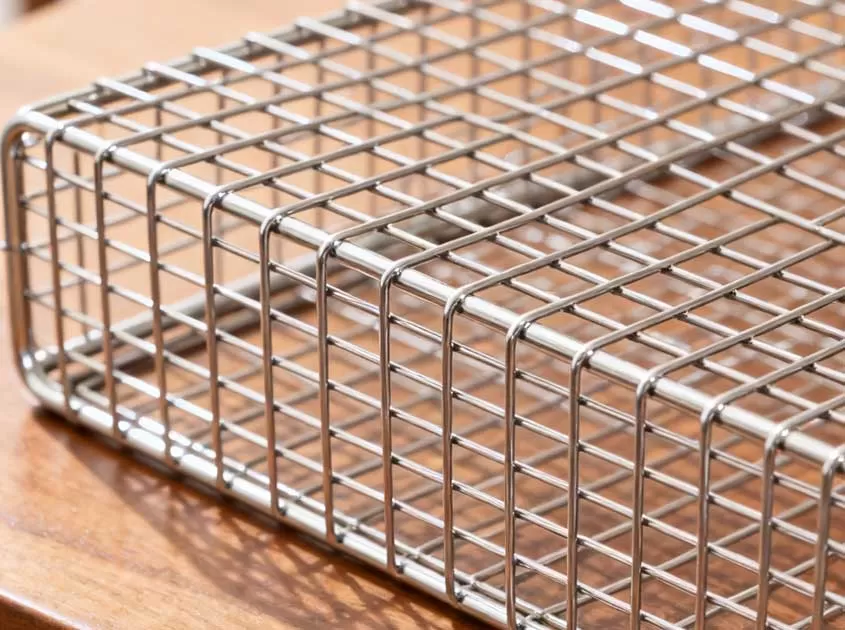 Corrosion-Resistant Stainless Steel Wire Mesh Oct 28, 2025
Corrosion-Resistant Stainless Steel Wire Mesh Oct 28, 2025

- Tel.: +86 311 83077076
- E-mail: sales@qunkunmetal.com
- Skype: qunkunsales01
- WhatsApp: 8618032412189
- Add.: No.69 The Filter Industrial Part of Anping, Hebei, China




